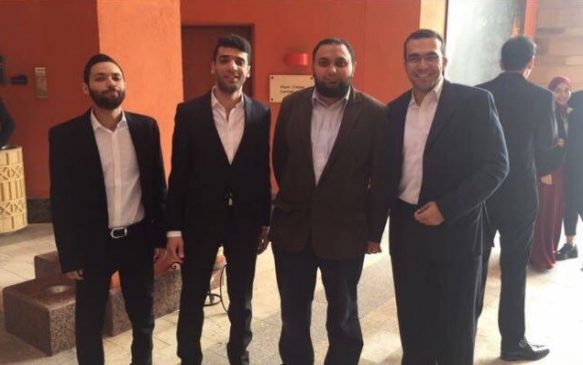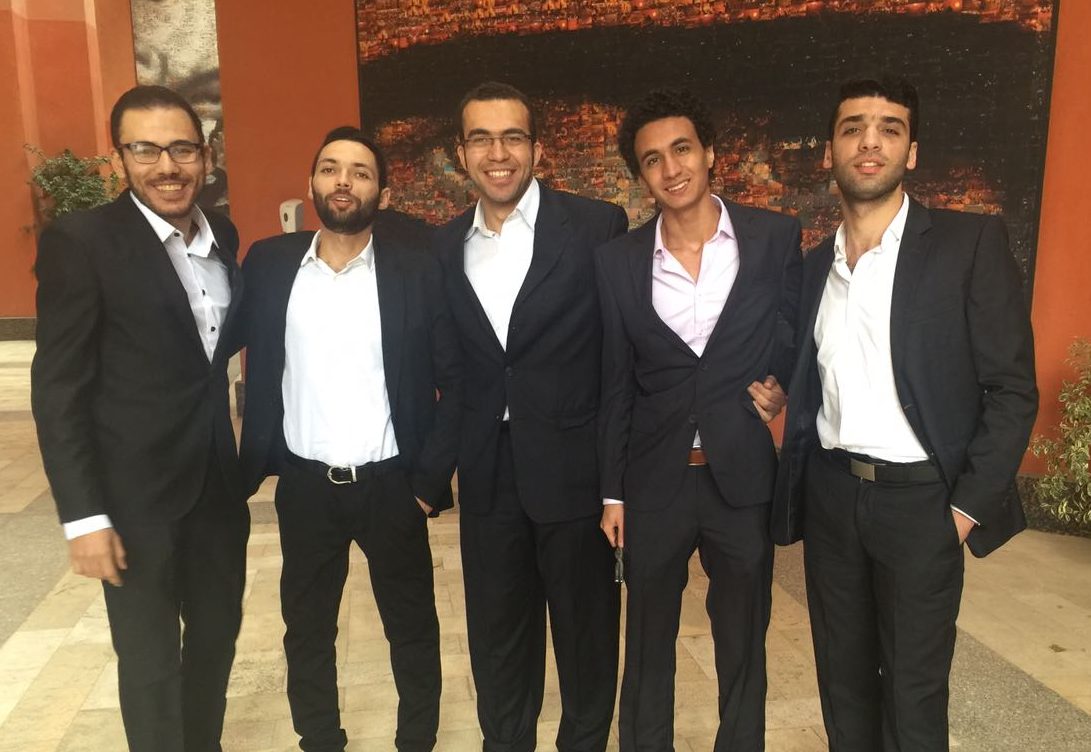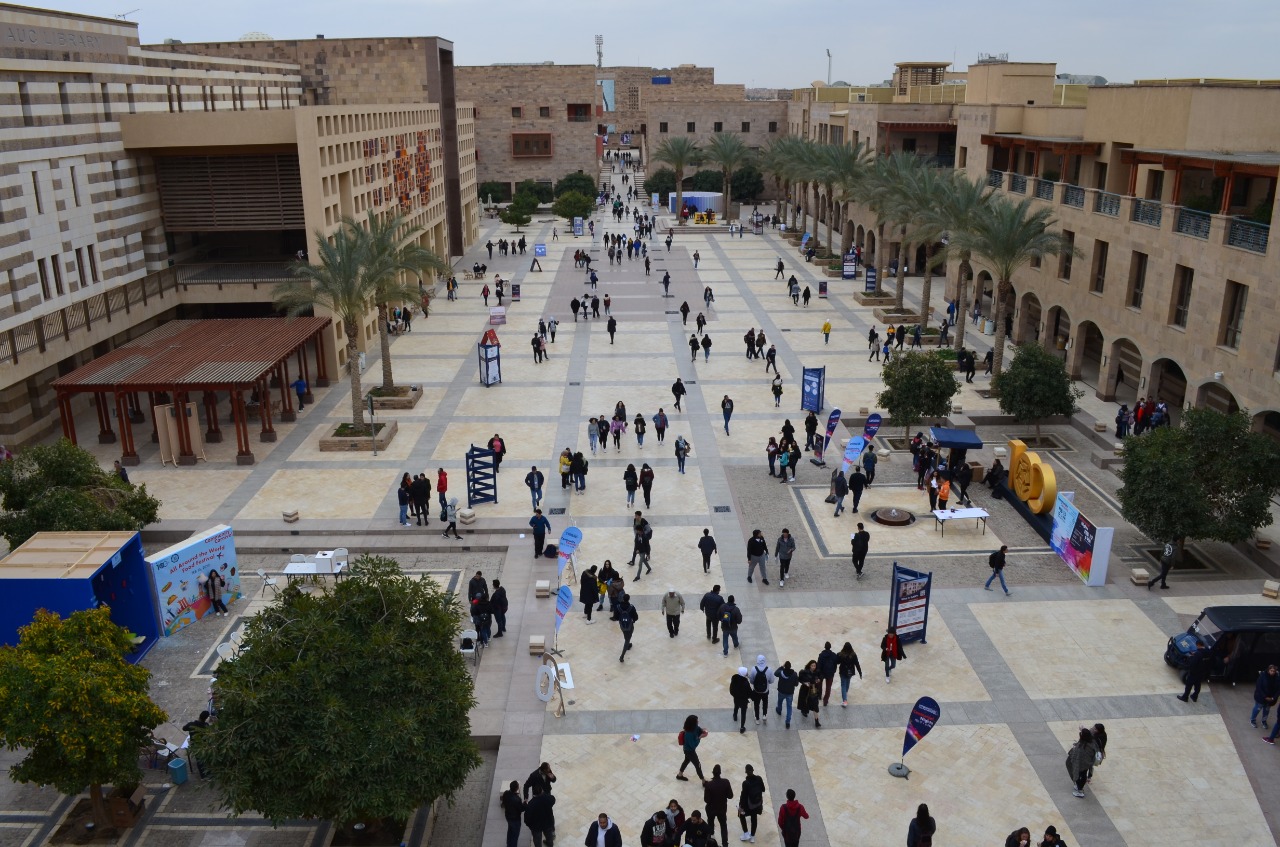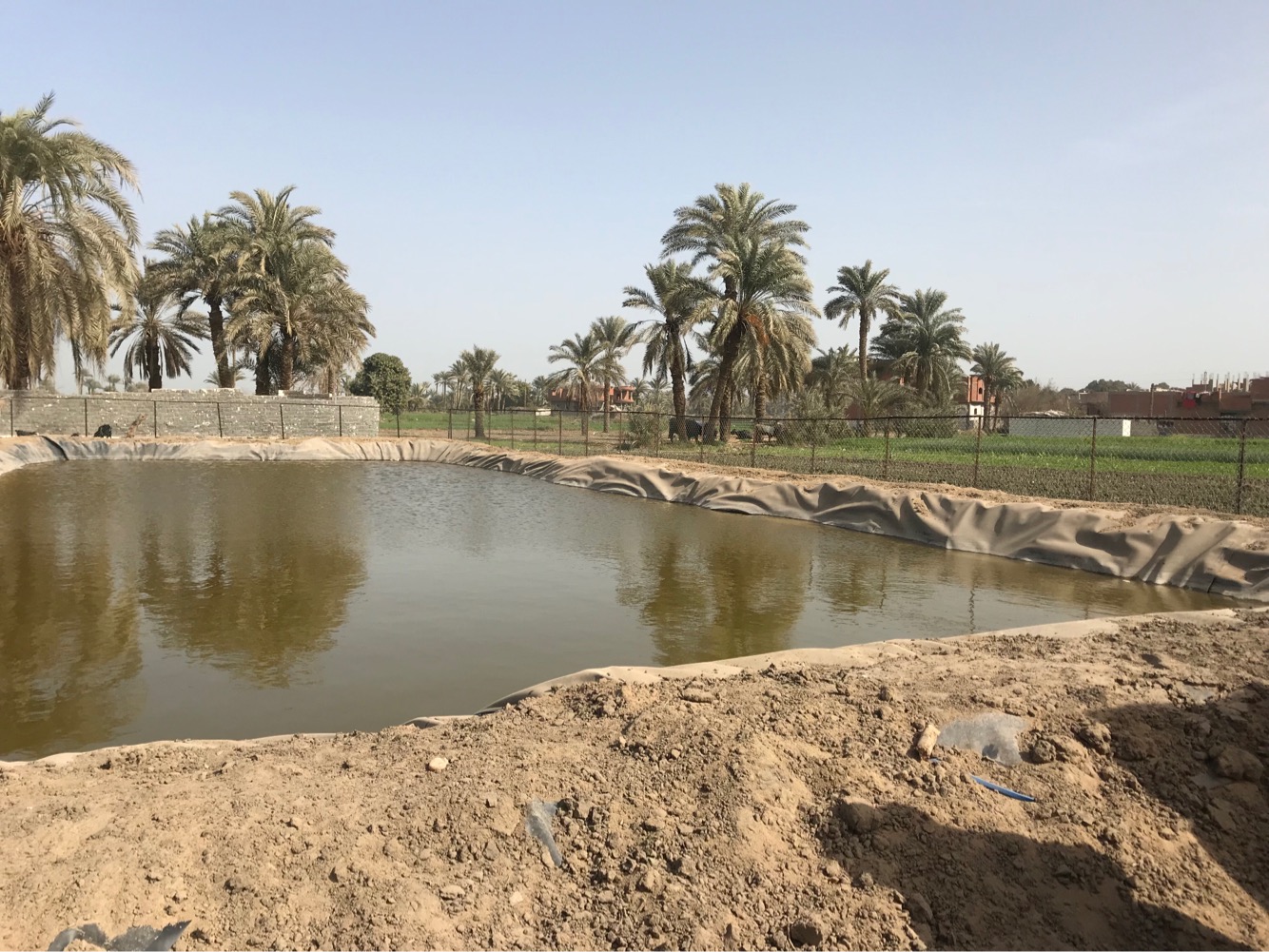Engineering Students Build More Ductile “Spined Steel”
By: Ahmed Zada
Follow @ahmedzada12
Five Construction Engineering (CENG) students developed an innovative method of shaping steel to tackle serious deficits in the current industry.
For their graduation project, Mohamed Mostafa, Hatem Sabry, Omar Bassyouny, Hasan Dorgham and Hossam Okasha developed a plan to reduce the quantity of steel used in construction while affording buildings greater protection during earthquakes.
He explained that while concrete is used for compression, steel is used for tension. ‘Spined Steel’, as it is called, aims to reinforce the concrete elements of a building to make them steadier during disasters.
“Decreasing the quantity of steel used in a construction process would decrease costs taking into consideration how steel prices are increasing after the currency floatation” Okasha said.
Senior Director of the Technology Transfer Board (TTO) Ahmed El Leithy told The Caravan that the project is an innovative step that will develop the steel industry.
“‘Spined Steel’ is a potential product that may succeed in the future in the commercial market depending on several factors; mainly it has to meet certain standards for construction and behave with certain specifications,” Leithy said.
“Our thesis started as a small research project, after which we initially received several critiques about its failure. However, as a team we believed that it was a promising idea and this helped us exert extra efforts to overcome all obstacles.”
The main challenge faced by the group was that the equipment accessories needed for the experiment was not available on campus, forcing the students to use equipment accessories in Cairo University, which the group had to pay for.
The team worked daily over the past four months to finalize their findings.
Just as it was physically tiresome, it was also financially heavy since the total costs in the last four months reached EGP 20,000 which were paid by the students according to Okasha.

However, since then, the project has been accepted as a provisional patent and is being reviewed by the Canadian Society for Civil Engineers (CSCE).
“After following through the patent process, the next move would be the industrial application to help this innovation become recognized in the industry but this process will take time,” Okasha added.
“What made us confident about this move is the success of the three experiments we conducted, which proved the validity of the project.”
The team was advised by Professor Mohamed Naguib Abo Zeid, Professor Ezzeldin Yazeed and Professor Mohamed Darwish.
“It’s a good success story that could work in a traditional industry, since as the students said, it would protect buildings from earthquakes and limits the quantity of steel used in construction,” Leithy added.
However, Leithy said that the project needs further testing in order to make it in the commercial market.
Leithy told The Caravan that the department helped file the patent in order to protect the intellectual property of the prototype.
He added that the group already knew that recognition will take time since the patenting process is a very expensive one, with costs ranging from $7000 to $40,000 depending on the country.
However, the University after several searches, in a process that usually takes up to two years, ultimately decides where the patent will take place.
“In response to all critiques we receive about the long time the patent process takes, the students understand that it’s a hectic process. However, for the Spined Steel group in specific, they should carry on with further testing since their idea could be marketed outside Egypt, mainly to the Gulf countries, who accepts innovation such as these” Leithy added.
Marketing Manager of the Egyptian Steel Company, Engineer Mohamed Ashraf told The Caravan about implementing innovations in the production line.
“This idea is new to the market, which needs a risk-taker to develop it, since the steel industry in Egypt is one of the most sensitive and important industries.”
“We are in harm’s way now, the country is carrying on with various projects that steel industries are involved in, such as the administrative capital, infrastructures and supplying steel for the real estate sector, so it’s hard to take any risks recently” Ashraf said.
He added, however, that the current state of the industry, and the economic situation at large, is pushing clients to stick with trusted designs instead of pursuing risky but innovative projects that may damage their reputations.




